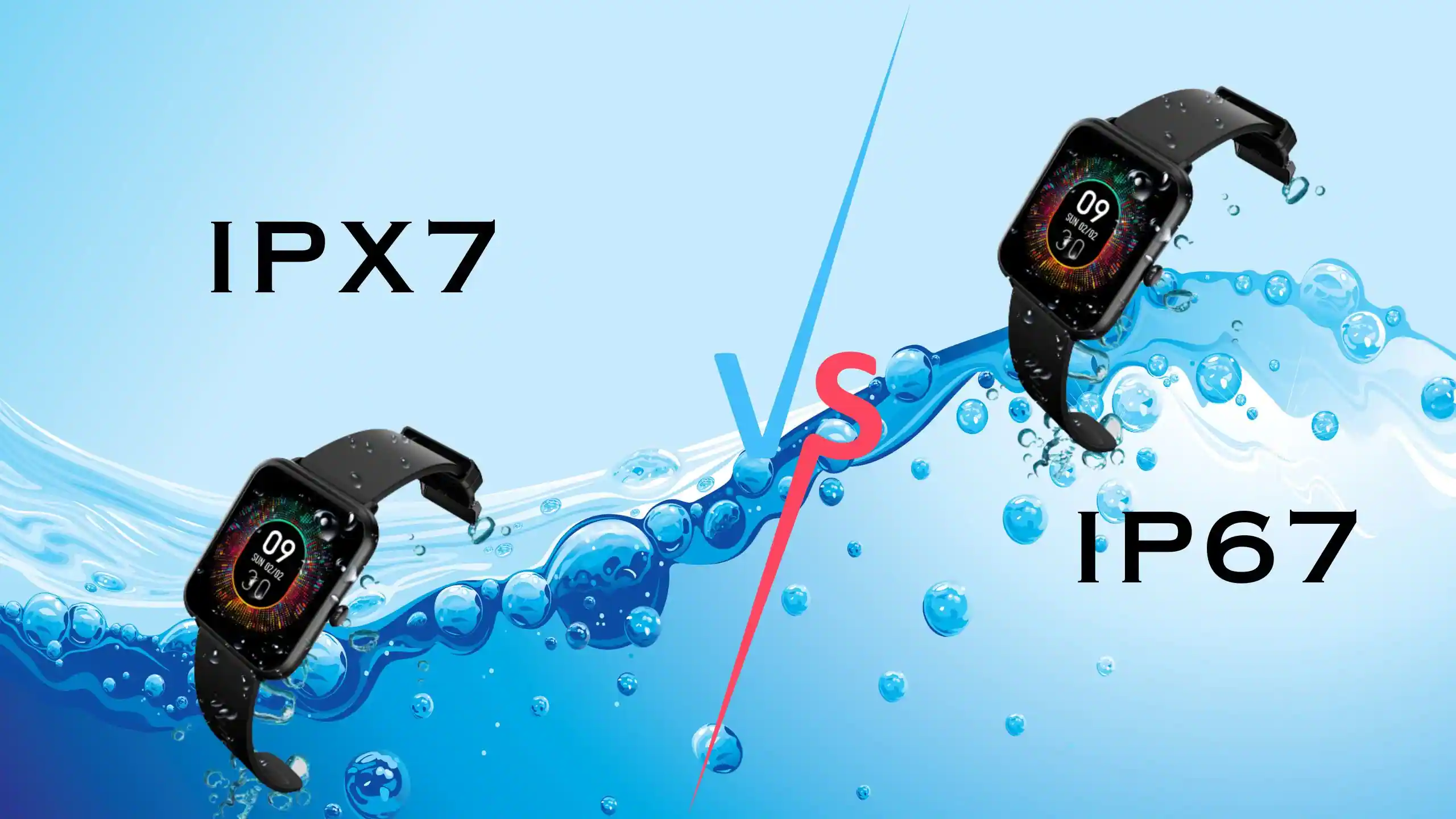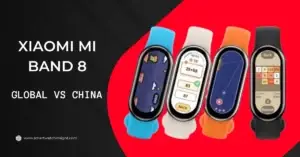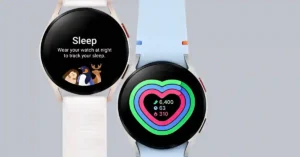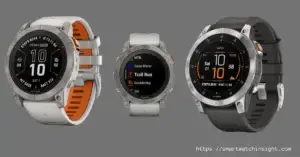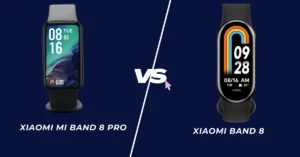When we discuss waterproof ratings for electronic devices, two terms frequently come up: IPX7 and IP67. These standards play a crucial role in determining the water resistance capabilities of various gadgets.
But what distinguishes them? Which one offers superior protection against water damage? This comprehensive guide will delve into IPX7 and IP67 to reveal their differences, advantages, and limitations.
By the end, you’ll understand which standard prevails and how it affects your device’s ability to withstand water exposure. Let’s settle the IPX7 vs IP67 debate and uncover the shocking truth behind these waterproof ratings.
IPX7 vs IP67: Which Is Better?
IP67 and IPX7 are international protection ratings (IP ratings) used to measure electronic devices’ protection against water and dust.
The initial digit in the IP rating signifies the device’s level of protection against solids. In contrast, the second digit represents its level of protection against water.
- IPX7: This rating means that the device can be submerged in water up to 1 meter (3.3 feet) for 30 minutes and still function properly.
- IP67: This rating means that the device is dustproof and can be submerged in water up to 1 meter (3.3 feet) for 30 minutes and still function properly.
In general, IP67 is better than IPX7 because it offers both dustproof and waterproof protection. However, if you only need your device to be waterproof, then IPX7 is a good option.
YOU MAY ALSO LIKE >>>> The Truth Revealed: Is Fitbit Charge HR Waterproof?
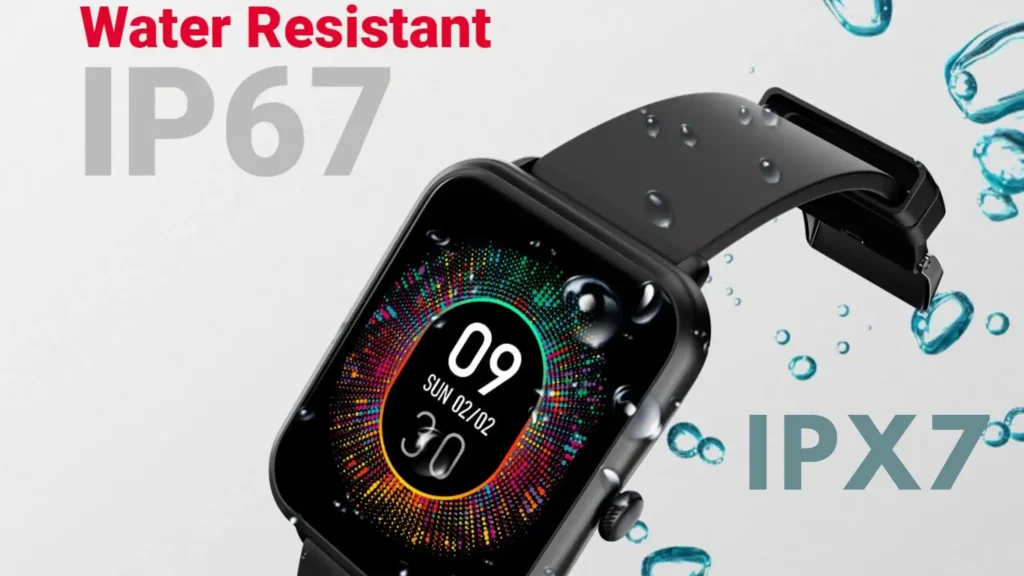
IPX7: Understanding the Standard
IPX7 is for “Ingress Protection,” while “IP” stands for the classification. The character “X” denotes that the device’s solid protection level is undetermined.
However, “7” means the device’s capacity to withstand water. This standard states that a product with the IPX7 designation can endure immersion in water for 30 minutes at a depth of one meter (about 3.3 feet) without suffering severe harm.
IPX7 is a common feature in waterproof smartphones, Bluetooth speakers, and other portable electronic devices.
It provides reassurance during accidental spills, rain exposure, or even brief dips in water. However, it’s important to note that IPX7 does not guarantee protection against water pressure, such as high-speed jets or prolonged submersion.
Also read >>> IPX7 vs IP67: Which Is Better?
IP67: The Waterproof Contender
Now let’s shift our attention to IP67, which shares similarities with IPX7 but takes water resistance to the next level. Like IPX7, IP67 starts with “IP,” denoting “Ingress Protection.”
However, “6” indicates the device’s level of protection against solids, while “7” represents its water resistance.
IP67-certified devices are completely dust-tight, ensuring no solid particles can penetrate their enclosures. Moreover, they can withstand immersion in water up to a depth of one meter (around 3.3 feet) for 30 minutes, similar to IPX7.
The crucial difference lies in the additional defense against dust, making IP67-rated devices more suitable for rugged outdoor activities, beach trips, or underwater adventures.
Comparing IPX7 and IP67
Now that we have a basic understanding of IPX7 and IP67, let’s delve deeper into their differences, advantages, and limitations.
While both standards offer a certain level of water resistance, IP67 provides an extra layer of protection against solid particles, which is crucial in specific environments.
Advantages of IPX7
IPX7 offers several benefits that make it a reliable choice for everyday waterproofing needs. First, it protects against accidental water exposure, such as spills or rain showers.
Many popular smartphones, tablets, and portable speakers have an IPX7 rating, assuring users that their devices can handle wet conditions without sustaining damage.
Additionally, IPX7-rated devices are more affordable than their IP67 counterparts. This affordability and adequate water resistance make IPX7 a popular choice for budget-conscious consumers.
Limitations of IPX7
While IPX7 offers a decent level of protection, it has limitations. For instance, it cannot withstand high-pressure water jets or prolonged submersion.
If you plan to take your device swimming or engage in water sports, you may need more than IPX7 to provide sufficient protection.
Furthermore, the rating does not account for dust resistance, so it may not be ideal for dusty environments or outdoor adventures where debris could compromise the device’s performance.
Advantages of IP67
IP67, with its dust-tight enclosure and water resistance, offers several benefits over IPX7. It protects against solid particles, ensuring your device remains safe from dust, sand, or small debris.
This feature makes IP67-rated devices highly suitable for construction sites, hiking trails, or any environment where exposure to particles is a concern.
IP67 performs at the same level as IPX7 regarding water resistance, making it suitable for accidental spills and rain showers. However, the added protection against solids gives IP67 an edge in outdoor activities involving dust, dirt, or rugged conditions.
Limitations of IP67
While IP67 brings more robust protection, it still has limitations. Despite being able to handle temporary immersion in water, it is not for deep dives or prolonged submersion.
Submerging IP67-rated devices beyond the specified depth or duration could result in water seepage and damage.
Additionally, IP67-rated devices are more expensive due to their additional protection against solid particles. This higher cost might deter those who don’t require enhanced dust resistance or expect prolonged submersion capabilities.
Read Also >> Amazfit vs Fitbit: Which Smartwatch Is the Best?
10 Things You Didn’t Know About IP67 vs IPX7
When it comes to waterproof ratings, IPX7 and IP67 are commonly mentioned. These ratings determine the level of protection against water and dust for electronic devices.
While you may already be familiar with the basics, there are some lesser-known facts about IPX7 and IP67 that you might find interesting. Let’s dive in and discover ten things you didn’t know about IPX7 vs IP67.
- IP ratings are international standards that measure the level of protection that an electronic device has against water and dust.
- The first digit of the IP rating indicates the level of protection against solids, while the second digit indicates the level of protection against water.
- An IP67 device is dustproof and can be submerged in water up to 1 meter (3.3 feet) for 30 minutes and still function properly.
- An IPX7 device can be submerged in water up to 1 meter (3.3 feet) for 30 minutes and still function properly, but it is not dustproof.
- IP67 is considered to be better than IPX7 because it offers both dustproof and waterproof protection.
- However, if you only need your device to be waterproof, then IPX7 is a good option.
- The environment in which you will be using the device should also be considered when choosing an IP rating. If you will be using the device in dusty or wet conditions, then you will need a device with a higher IP rating.
- The type of device you are buying should also be considered when choosing an IP rating. Some devices, such as smartphones and cameras, are more likely to be exposed to water and dust than others.
- Devices with higher IP ratings tend to be more expensive.
- IP ratings are not a guarantee that your device will be protected from water or dust damage. If you are concerned about your device’s safety, you should take additional precautions, such as using a protective case or sleeve.
Conclusion :IPX7 vs IP67
In the IPX7 vs IP67 showdown, both waterproof ratings have strengths and weaknesses. IPX7 is a reliable choice for everyday water resistance, protecting against accidental spills and rain exposure at an affordable price point.
However, it lacks the defense against solid particles, limiting its suitability for rugged environments or activities involving dust or debris.
On the other hand, IP67 offers a higher level of protection against both water and solids. Its dust-tight construction ensures no particles compromise the device’s performance, making it ideal for outdoor adventures or harsher conditions.
However, it comes at a higher cost and still has limitations regarding deep dives or prolonged submersion.
Ultimately, the choice between IPX7 and IP67 depends on your specific needs and usage scenarios. If you prioritize affordability and primary water resistance, IPX7 will suffice. But suppose you require enhanced protection against solids or plan to venture into more demanding environments. In that case, IP67 is the way to go.
You may also like
- What is DND Mode on Fitbit? Exploring the Do Not Disturb Feature
- What is BPM in Smartwatch? And Why Should You Care?
- How to Charge Fitbit Without Charger?
- Amazfit vs Fitbit: Which Smartwatch Is the Best?
FAQs : IP67 vs PIX7
Q1. Which is better IP67 or IPX7?
Generally, IP67 is better than IPX7 because it offers both dustproof and waterproof protection. An IP67 device is dustproof and can be submerged in water up to 1 meter (3.3 feet) for 30 minutes and still function properly. An IPX7 device can be submerged in water up to 1 meter (3.3 feet) for 30 minutes and still function properly, but it is not dustproof
Q2. What is IPX7 waterproof?
An IPX7-certified device can be submerged in water up to 1 meter for 30 minutes. However, it is not waterproof and can be damaged if submerged in water for longer than 30 minutes or at a depth greater than 1 meter.
Q3. What does IPX7 mean?
IPX7 is a waterproof rating commonly used to determine the water resistance capabilities of electronic devices. The “IP” in IPX7 stands for “Ingress Protection,” indicating the device’s ability to protect against the ingress of water.
The “X” in IPX7 means that the device’s protection level against solids, such as dust or debris, has not been specified. However, the number “7” signifies the water resistance capability of the device. An IPX7-rated device can withstand immersion in water up to a depth of one meter (approximately 3.3 feet) for 30 minutes without experiencing significant damage.
This rating provides peace of mind in situations like accidental spills, rain exposure, or brief encounters with water. It is important to note that IPX7 does not guarantee protection against water pressure or prolonged submersion, as its focus is primarily on temporary water resistance.
Q4. Can I use IPX7 for swimming?
Generally, yes, you can use an IPX7 device for swimming. IPX7 devices are designed to be submerged in water up to 1 meter (3.3 feet) for 30 minutes. However, it is important to note that IPX7 does not mean that the device is completely waterproof. If a device with an IPX7 rating is submerged in water for longer than 30 minutes or at a depth greater than 1 meter, it may not be able to function properly. It is also important to note that IPX7 does not protect devices from water that is under high pressure or that contains chemicals.
Q5. What does IP67 mean?
An IP67 device is dustproof and can be submerged in water up to 1 meter (3.3 feet) for 30 minutes and still function properly. However, it is important to note that IP67 does not mean that the device is completely waterproof.
If a device with an IP67 rating is submerged in water for longer than 30 minutes or at a depth greater than 1 meter, it may not be able to function properly. It is also important to note that IP67 does not protect devices from water that is under high pressure or that contains chemicals.

